-
 Bitcoin
Bitcoin $82,566.4689
0.19% -
 Ethereum
Ethereum $1,779.6850
-0.10% -
 Tether USDt
Tether USDt $0.9998
0.03% -
 XRP
XRP $2.0537
2.55% -
 BNB
BNB $589.8188
0.52% -
 USDC
USDC $0.9998
-0.02% -
 Solana
Solana $114.9791
0.70% -
 Dogecoin
Dogecoin $0.1641
4.11% -
 TRON
TRON $0.2412
4.15% -
 Cardano
Cardano $0.6353
1.62% -
 UNUS SED LEO
UNUS SED LEO $9.3746
0.37% -
 Toncoin
Toncoin $3.3731
-6.60% -
 Chainlink
Chainlink $12.5493
0.78% -
 Stellar
Stellar $0.2565
1.09% -
 Avalanche
Avalanche $17.9347
0.40% -
 Sui
Sui $2.2010
-1.94% -
 Shiba Inu
Shiba Inu $0.0...01213
1.26% -
 Hedera
Hedera $0.1617
3.48% -
 Polkadot
Polkadot $4.0354
3.83% -
 Litecoin
Litecoin $82.6619
2.07% -
 MANTRA
MANTRA $6.3054
0.41% -
 Bitcoin Cash
Bitcoin Cash $299.2804
0.17% -
 Bitget Token
Bitget Token $4.4878
-0.11% -
 Dai
Dai $1.0000
0.01% -
 Ethena USDe
Ethena USDe $0.9995
-0.01% -
 Monero
Monero $214.7676
1.57% -
 Hyperliquid
Hyperliquid $11.4665
1.19% -
 Uniswap
Uniswap $5.7693
0.41% -
 Pi
Pi $0.5195
-7.75% -
 NEAR Protocol
NEAR Protocol $2.4505
2.02%
How do NFT Storage Solutions ensure the permanence of NFT data?
Decentralized storage like IPFS, Arweave, and Filecoin enhance NFT permanence by distributing data across multiple nodes, mitigating risks of single points of failure common with centralized servers; however, no solution guarantees absolute data longevity.
Mar 02, 2025 at 01:12 am
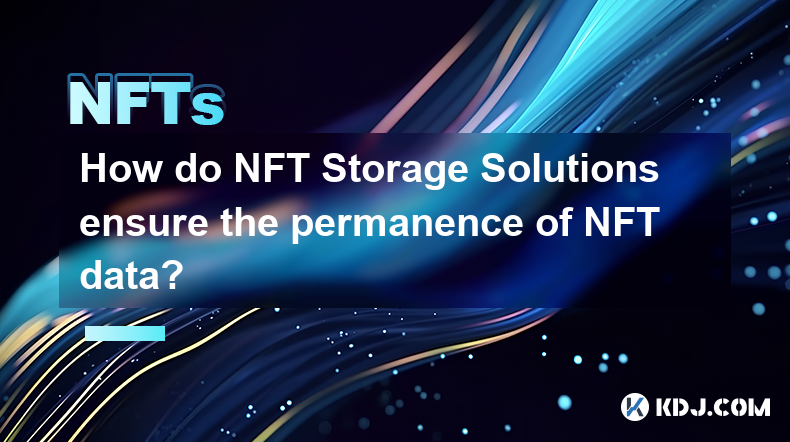
Key Points:
- Decentralized storage solutions are crucial for NFT permanence, mitigating risks associated with centralized platforms.
- IPFS (InterPlanetary File System) is a popular choice, offering distributed data storage and retrieval.
- Arweave and Filecoin are alternative decentralized storage solutions with varying approaches to data permanence.
- NFTs often leverage a combination of storage methods for enhanced reliability and redundancy.
- Cost, accessibility, and data retrieval speed are key factors to consider when choosing a storage solution.
- Understanding the limitations and potential risks of each solution is essential for NFT creators and owners.
How do NFT Storage Solutions ensure the permanence of NFT data? The permanence of NFT data is a crucial concern for creators and collectors. Unlike traditional digital assets stored on centralized servers, NFTs require robust solutions to ensure their long-term accessibility and prevent data loss. This article explores the mechanisms used by different NFT storage solutions to address this challenge.
The core issue is that NFTs themselves are only pointers to data. The actual image, video, or other file associated with the NFT is stored separately. If this data is lost or inaccessible, the NFT becomes essentially worthless, even if the token itself remains on the blockchain.
One of the most prevalent solutions is utilizing decentralized storage networks. These networks distribute the data across numerous nodes, making it resistant to single points of failure. A centralized server going down wouldn't affect the data's availability as long as other nodes remain online.
IPFS (InterPlanetary File System) is a popular example of such a decentralized storage network. It employs content addressing, meaning files are identified by their cryptographic hash, ensuring data integrity. While IPFS doesn't guarantee permanent storage by itself, its distributed nature significantly improves resilience compared to centralized servers.
Arweave, another decentralized storage solution, takes a different approach. It uses a "permaweb" model where storage costs are paid upfront and miners are incentivized to retain the data indefinitely. This differs from IPFS, where storage providers can choose to remove data over time.
Filecoin is yet another option, operating as a decentralized storage marketplace. Users pay providers to store their data, with the cost varying based on demand and storage duration. Filecoin relies on a system of incentives to encourage providers to maintain data availability and reliability.
Many NFT projects employ a combination of storage methods to enhance the permanence of their data. This could involve storing the data on multiple decentralized networks, creating backups, or even employing a combination of decentralized and centralized storage for redundancy. This multi-pronged approach aims to minimize the risk of data loss.
Choosing the right storage solution is a complex decision. The cost of storage varies significantly between platforms, with some offering cheaper options than others. Accessibility is also a factor; some solutions might be more user-friendly than others. The speed at which data can be retrieved is another important consideration for users.
Understanding the limitations of each storage solution is vital. No system offers absolute guarantees of permanence. Even decentralized networks can experience failures, although the likelihood is significantly reduced compared to centralized alternatives. Data corruption is another potential risk, regardless of the storage method employed. Regularly checking the accessibility of your NFT's associated data is advisable, even when using robust storage solutions.
Frequently Asked Questions:
Q: Is IPFS truly permanent storage?
A: No, IPFS itself doesn't guarantee permanent storage. While it's decentralized and resilient, nodes can go offline, and data might be removed if not actively pinned by users or services. It enhances permanence significantly compared to centralized options, but it's not a foolproof solution.
Q: How do I know if my NFT's data is still accessible?
A: You can try accessing the data directly through the link provided (if available). Some NFT marketplaces and explorers provide tools to verify data accessibility. Regularly checking your NFT's metadata and verifying its link is advisable.
Q: What happens if the storage provider for my NFT goes bankrupt or shuts down?
A: This depends entirely on the storage provider and the type of storage used. With decentralized storage like IPFS or Arweave, the impact is lessened, as the data is spread across multiple nodes. With centralized storage, you risk losing access to the data.
Q: Are there any free, permanent NFT storage solutions?
A: Truly permanent storage usually involves some cost, as providers need to maintain the infrastructure. While some solutions might offer free tiers, these often have limitations on storage capacity or data retention. Free options might not offer the same level of permanence as paid services.
Q: What is the best NFT storage solution?
A: There's no single "best" solution. The optimal choice depends on your specific needs and priorities, considering factors like cost, accessibility, desired level of permanence, and technical expertise. A multi-solution approach is often the most robust.
Q: Can I migrate my NFT data from one storage solution to another?
A: It's possible, but the process can be complex and depend on the specific storage solutions involved. You might need to download the data and re-upload it to the new platform.
Q: What are the risks associated with centralized NFT storage?
A: Centralized storage carries the risk of single points of failure. If the server goes down or the provider goes bankrupt, your NFT's data could be lost permanently. Data breaches are another significant risk with centralized storage.
Q: How can I ensure the long-term preservation of my NFT's metadata?
A: Regularly back up your NFT's metadata, consider using multiple storage solutions, and monitor the accessibility of your data periodically. This proactive approach will increase the likelihood of preserving your NFT's information for the long term.
Disclaimer:info@kdj.com
The information provided is not trading advice. kdj.com does not assume any responsibility for any investments made based on the information provided in this article. Cryptocurrencies are highly volatile and it is highly recommended that you invest with caution after thorough research!
If you believe that the content used on this website infringes your copyright, please contact us immediately (info@kdj.com) and we will delete it promptly.
- Dogecoin Price Soared Over 2% Today, Indicating a Renewed Market Interest in the Leading Meme Coin
- 2025-04-04 21:10:12
- Filecoin FIL $2.76 24h volatility: 2.9% Market cap: $1.79 B Vol. 24h: $489.77 M
- 2025-04-04 21:10:12
- The latest Dogecoin price prediction is raising eyebrows
- 2025-04-04 21:05:12
- With meme coins like Pepe and Shiba Inu back in the spotlight, traders are wondering which token could deliver the biggest gains this week
- 2025-04-04 21:05:12
- Market expert Ali Martinez estimates that the price of this dog-themed meme coin has the potential to surge by around 250% to touch the $0.5 level
- 2025-04-04 21:00:12
- Ethereum (ETH) price plunges further as investors limit their risk exposure
- 2025-04-04 21:00:12
Related knowledge
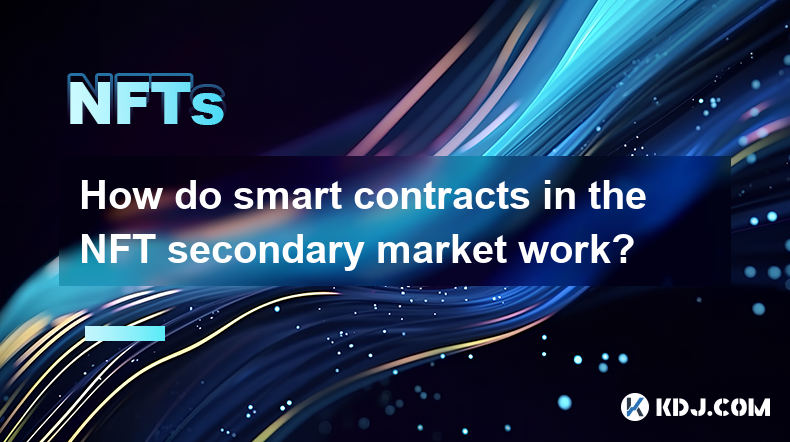
How do smart contracts in the NFT secondary market work?
Apr 03,2025 at 07:14am
Smart contracts play a pivotal role in the NFT secondary market, facilitating seamless transactions and enforcing predefined rules. These self-executing contracts with the terms of the agreement directly written into code are stored on the blockchain. In the context of NFTs, smart contracts automate the buying, selling, and transferring of digital asset...
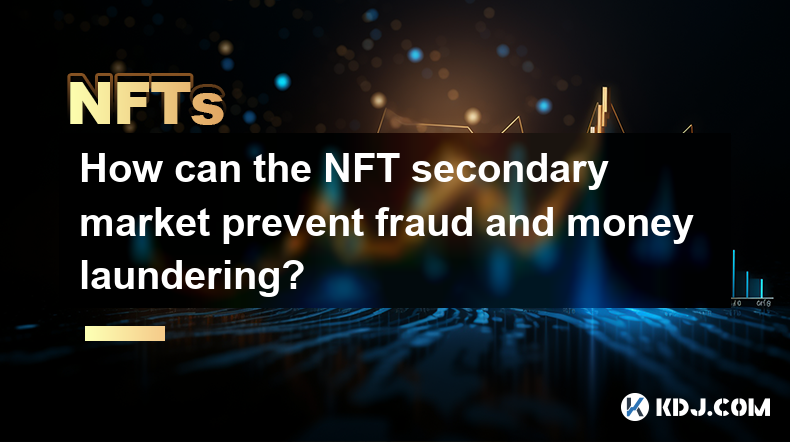
How can the NFT secondary market prevent fraud and money laundering?
Apr 03,2025 at 08:35am
The NFT secondary market has become a thriving hub for digital art and collectibles, but it also faces challenges in preventing fraud and money laundering. To tackle these issues, the market can implement various strategies and technologies to ensure a safer and more transparent trading environment. This article will explore how the NFT secondary market...

How are transaction fees in the NFT secondary market calculated?
Apr 04,2025 at 05:28am
The calculation of transaction fees in the NFT secondary market is a crucial aspect that both buyers and sellers need to understand. These fees can significantly impact the overall cost of transactions and the profits that sellers can make. In this article, we will delve into the various components that make up these fees, how they are calculated, and w...
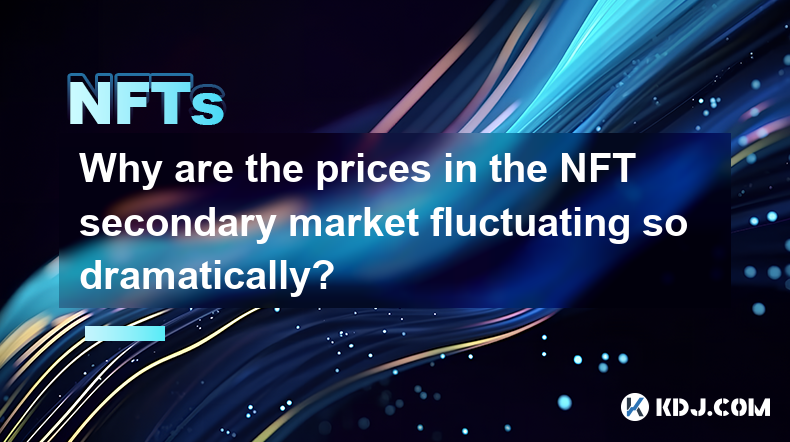
Why are the prices in the NFT secondary market fluctuating so dramatically?
Apr 03,2025 at 10:35pm
The NFT secondary market has been experiencing dramatic price fluctuations, leaving many in the cryptocurrency community puzzled and curious. To understand this phenomenon, it's essential to delve into the factors driving these price movements. From the impact of market sentiment and celebrity endorsements to the role of speculation and the unique natur...
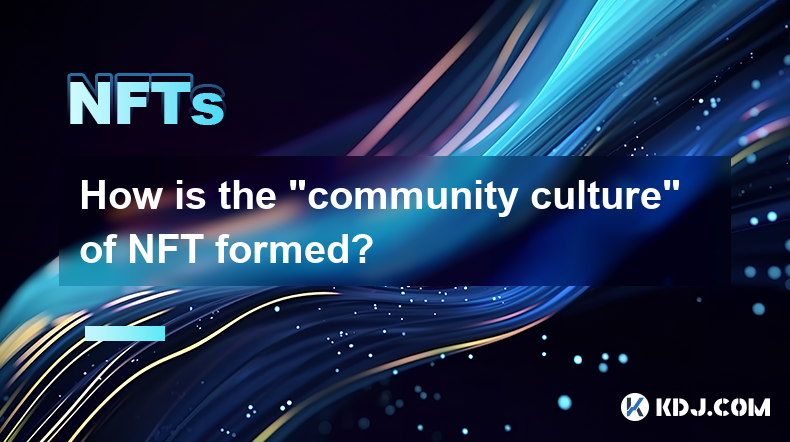
How is the “community culture” of NFT formed?
Apr 03,2025 at 11:07am
The formation of the 'community culture' within the NFT (Non-Fungible Token) space is a fascinating and multi-faceted process. It involves various elements such as shared interests, active engagement, and the creation of a sense of belonging among members. NFT communities often revolve around specific projects or artists, fostering a unique environment ...
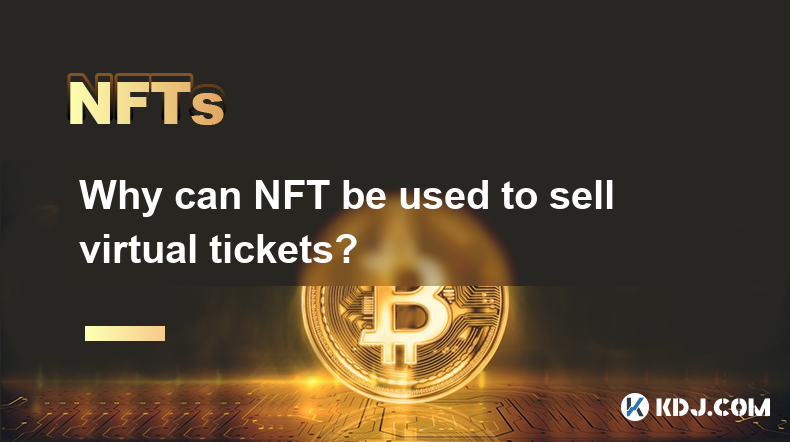
Why can NFT be used to sell virtual tickets?
Apr 03,2025 at 01:35pm
NFTs, or Non-Fungible Tokens, have revolutionized the way we think about digital ownership and value, particularly in the realm of virtual tickets. The primary reason NFTs can be used to sell virtual tickets is their unique nature. Unlike cryptocurrencies such as Bitcoin or Ethereum, which are fungible and can be exchanged on a one-to-one basis, NFTs ar...

How do smart contracts in the NFT secondary market work?
Apr 03,2025 at 07:14am
Smart contracts play a pivotal role in the NFT secondary market, facilitating seamless transactions and enforcing predefined rules. These self-executing contracts with the terms of the agreement directly written into code are stored on the blockchain. In the context of NFTs, smart contracts automate the buying, selling, and transferring of digital asset...

How can the NFT secondary market prevent fraud and money laundering?
Apr 03,2025 at 08:35am
The NFT secondary market has become a thriving hub for digital art and collectibles, but it also faces challenges in preventing fraud and money laundering. To tackle these issues, the market can implement various strategies and technologies to ensure a safer and more transparent trading environment. This article will explore how the NFT secondary market...

How are transaction fees in the NFT secondary market calculated?
Apr 04,2025 at 05:28am
The calculation of transaction fees in the NFT secondary market is a crucial aspect that both buyers and sellers need to understand. These fees can significantly impact the overall cost of transactions and the profits that sellers can make. In this article, we will delve into the various components that make up these fees, how they are calculated, and w...

Why are the prices in the NFT secondary market fluctuating so dramatically?
Apr 03,2025 at 10:35pm
The NFT secondary market has been experiencing dramatic price fluctuations, leaving many in the cryptocurrency community puzzled and curious. To understand this phenomenon, it's essential to delve into the factors driving these price movements. From the impact of market sentiment and celebrity endorsements to the role of speculation and the unique natur...

How is the “community culture” of NFT formed?
Apr 03,2025 at 11:07am
The formation of the 'community culture' within the NFT (Non-Fungible Token) space is a fascinating and multi-faceted process. It involves various elements such as shared interests, active engagement, and the creation of a sense of belonging among members. NFT communities often revolve around specific projects or artists, fostering a unique environment ...

Why can NFT be used to sell virtual tickets?
Apr 03,2025 at 01:35pm
NFTs, or Non-Fungible Tokens, have revolutionized the way we think about digital ownership and value, particularly in the realm of virtual tickets. The primary reason NFTs can be used to sell virtual tickets is their unique nature. Unlike cryptocurrencies such as Bitcoin or Ethereum, which are fungible and can be exchanged on a one-to-one basis, NFTs ar...
See all articles




















































































